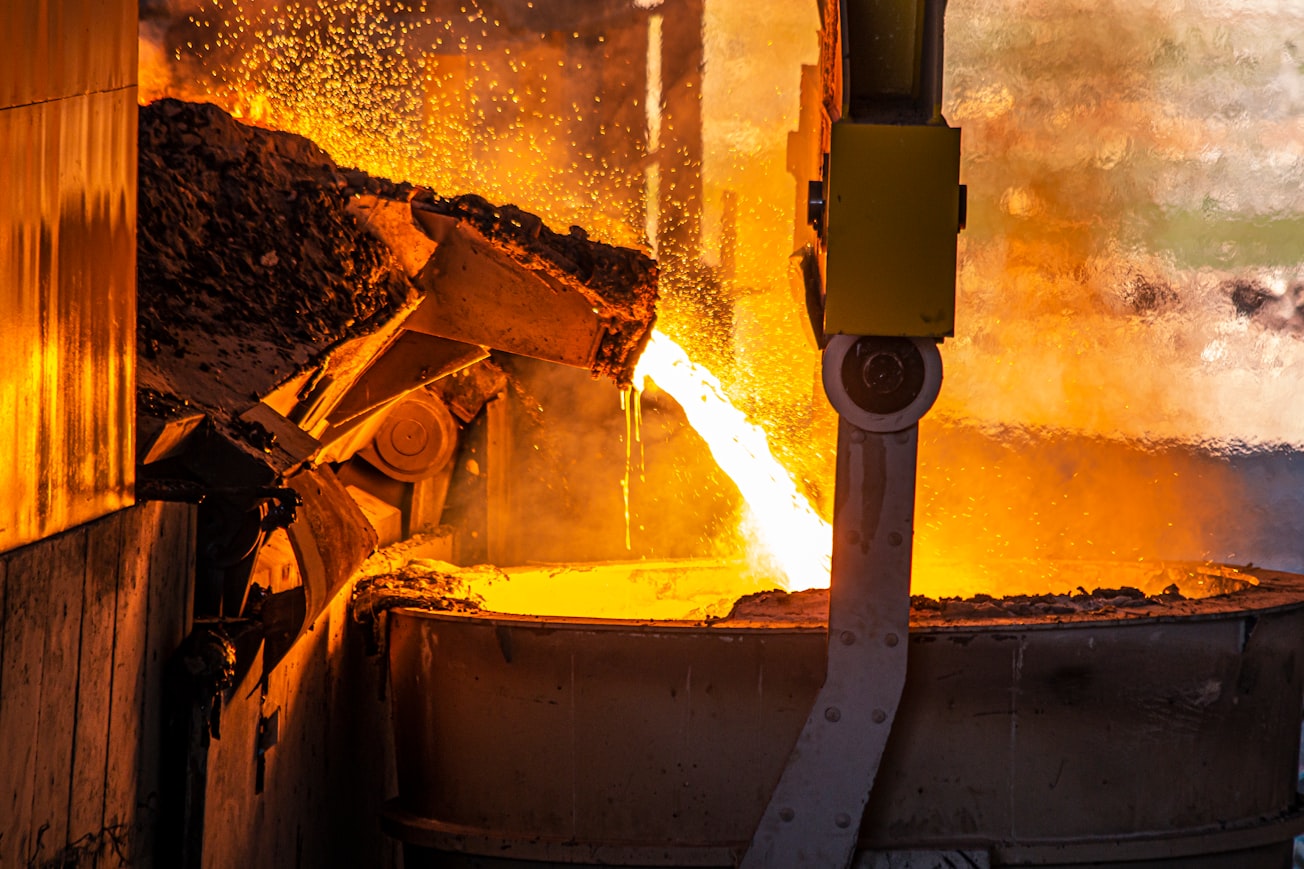What is it about?
Steel products are widely used in the construction industry and for the development of infrastructure projects, because they are versatile, durable, and affordable. Energy demand and ‘greenhouse gas’ (GHG) emissions associated with the United Kingdom (UK) Iron & Steel sector principally result from the large consumption of coal/coke used in conjunction with the blast furnace (BF). Like other sectors of industry, efforts are being made to ensure that processing becomes ever more environmentally benign, or ‘green’. Thus, the notion of ‘green steel’ has entered into the industrial vocabulary over the last decade or so. It is a steel-making process designed principally to lower GHG emissions, as well as potentially cutting costs and improving the quality of steel, in comparison to conventional methods. The aim of this study was therefore to (i) elicit the various ways in which the term ‘green steel’ has recently been used in the literature; and (ii) compare and contrast different options for making UK steel production more environmentally benign, particularly in regard to its decarbonisation. Some key ‘deep decarbonisation’, or ‘disruptive’, options for producing green steel in the UK are evaluated drawing on the experience from other nation-states and regions.
Featured Image

Photo by yasin hm on Unsplash
Why is it important?
Several key ‘deep decarbonisation’ or ‘disruptive’ options for producing green steel in the UK are evaluated drawing on the experience from other nation-states and regions elsewhere in the industrialised world. These include the prospects of deindustrialisation (the reduction of industrial activity or capacity in a business sector or across the whole economy), carbon capture and storage (CCS), the use of bioenergy resources, hydrogen-based production, and greater electrification. Direct Reduced Iron (DRI) technologies based on natural gas and hydrogen (produced via electrolysis or from other low-carbon routes) could potentially reduce emissions significantly compared with the conventional BF-coke oven route. The potential reductions in GHG emissions from the UK Iron & Steel sector overall out to 2050 are illustrated by comparison with previous techno-cost effective roadmaps reported by Griffin and Hammond (2019). Finally, ‘circular economy’ interventions or resource efficiency improvements (‘reduce, reuse, recycle’) are also discussed. The overall lessons learned are applicable across much of the industrialised world.
Perspectives
The Iron & Steel industry is the largest industrial sector in the UK in terms of both energy demand and GHG emissions; accounting for some 26% of GHG emissions from British industry. Crude steel processing is based on either the primary route (producing ‘virgin’ steel from iron ore), or the secondary route (utilizing recycled steel by re-melting scrap). The present study has reviewed various ways in which the term ‘green steel’ has recently been used in the literature. It is typically regarded as a steel-making process designed to lower GHG emissions in contrast to conventional methods, as well as having the potential for cutting costs and improving the quality of steel. In other parts of the world, ‘green steel’ often refers to steel-making that results in different air pollutant emissions (e.g., CO, SOx, NOx, or PM2), wastewater contaminants, hazardous wastes (including arsenic, lead, and zinc), and other solid wastes. Incremental methods of reducing energy demand and GHG emissions are readily available, including energy efficiency and heat recovery techniques (including improved thermal insulation of industrial buildings, furnaces, and process equipment; energy-efficient lighting; modern heat exchangers; combined heat & power (CHP) plants (particularly biomass-CHP); and industrial heat pumps). However, the emphasis in this contribution has been on various ‘deep decarbonisation’ options for producing green steel in the UK. These have therefore been evaluated drawing on the lessons from elsewhere in the industrialised world. There are a number of alternative ways to produce low-carbon steel: (i) carbon capture and storage (CCS) or carbon capture and utilisation (CCU), (ii) the use of renewable (or ‘green’) hydrogen; (iii) the greater uptake of bioenergy resources; (iv) electrification again based on low-carbon power supply from nuclear or renewable sources; and (v) deindustrialisation.
Professor Emeritus Geoffrey P Hammond
University of Bath
Read the Original
This page is a summary of: The prospects for ‘green steel’ making in a net-zero economy: A UK perspective, Global Transitions, January 2021, Elsevier,
DOI: 10.1016/j.glt.2021.03.001.
You can read the full text:
Contributors
The following have contributed to this page







